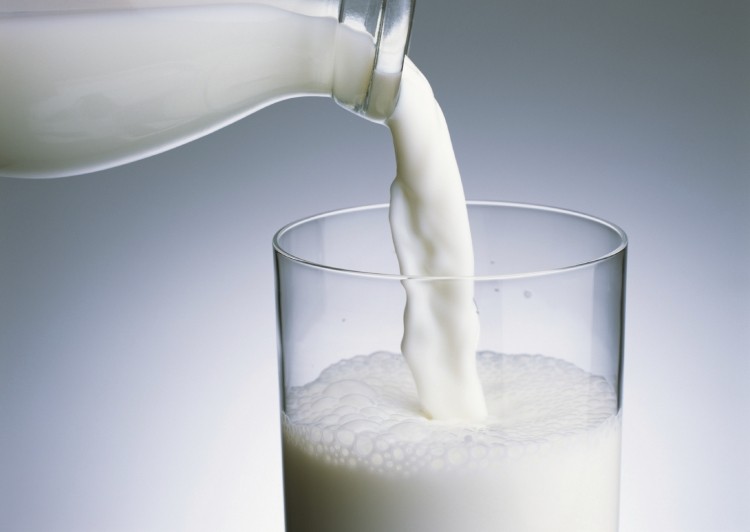AB SCIEX unveils DCD testing method following residue concerns

US-based AB SCIEX claims to have designed the new LC/MS/MS (liquid chromatography/tandem mass spectrometry)-based testing method specifically for laboratories to screen for and quantify DCD in dairy products and other protein-rich foods.
The development follows the discovery of DCD residue in some September 2012-manufactured Fonterra dairy products. DCD is an agricultural chemical applied to pasture by farmers to prevent nitrate – a potentially-harmful fertiliser by-product – leaching into rivers and lakes.
The substance is not considered a food safety risk at low-levels and there is no international standard for DCD in food. Despite this, authorities in China, Malaysia and Taiwan have stepped-up their checks on New Zealand dairy shipments following the discovery.
New DCD method “relevant”
“This method is relevant in light of the recent news reports that trace amounts of DCD, a fertiliser residue, were found in dairy products produced in New Zealand,” said a statement from AB SCIEX.
Fonterra – New Zealand’s biggest dairy exporter – was first to discover low-levels of DCD in dairy products following the spring 2012 application of the agricultural chemical. Fonterra informed the New Zealand Ministry of Primary Industries (MPI) of its findings in November 2012.
In response to the findings, New Zealand’s two biggest fertiliser companies – Ravensdown and Ballance Agri-Nutrients – suspended sales of DCD. The MPI and industry stakeholders have since made efforts to reiterate the safety of Kiwi dairy products.
“Responsible actions were taken across the industry last month to avert a contamination crisis. As investigations continue, no evidence has been reported about deliberate adulteration of dairy products; however, food safety authorities are boosting surveillance of this contaminant to prevent recurrence of any incidents and alleviate the public’s concerns.”
Test identifies DCD in “just minutes”
According to AB SCIEX, the method can reduce the amount of time needed to identify DCD “from hours to just minutes.”
“Preventative measures to enact further testing as a safety precaution are part of standard policies and procedures for forward-thinking laboratory personnel. AB SCIEX’s new method for DCD detection can be added to any food laboratory’s method library to accelerate a rapid response.”
AB SCIEX claims to have been “at the forefront of food contamination crises” for the last ten years – having developed testing techniques in response to the 2008 melamine infant formula crisis in China and other incidents.




